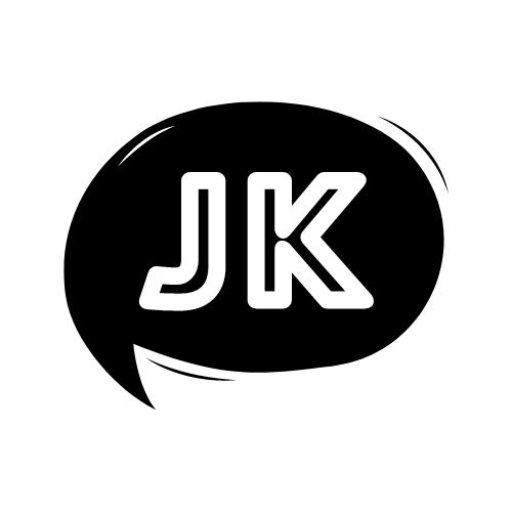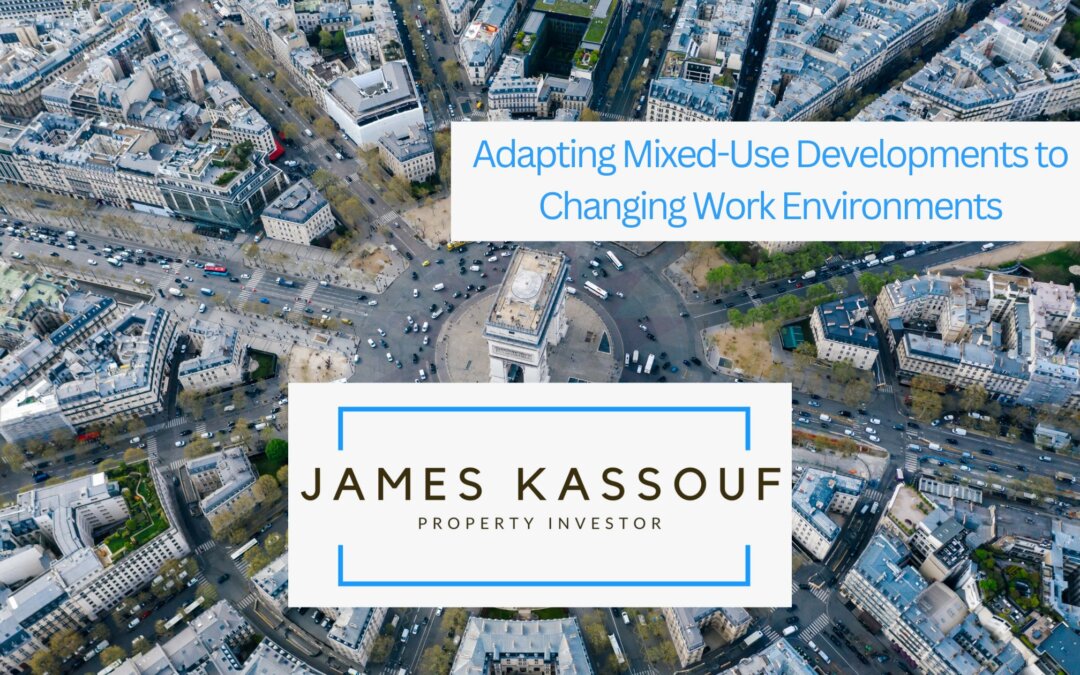The way people work is undergoing a profound transformation, and as a result, mixed-use developments are evolving to meet the changing needs of the workforce. The rise of remote work, flexible schedules, and the desire for a better work-life balance are reshaping the concept of work, and mixed-use developments are at the forefront of creating environments that seamlessly integrate work, leisure, and living spaces.
Flexible Workspaces
One of the key adaptations in mixed-use developments is the incorporation of flexible workspaces. Developers are including co-working spaces, shared offices, and collaborative environments within the fabric of mixed-use developments. These spaces cater to freelancers, entrepreneurs, and remote workers who seek a professional setting outside traditional offices.
Mixed-Use Developments
Moreover, the integration of technology plays a pivotal role in adapting mixed-use developments to changing work environments. High-speed internet, smart building technologies, and advanced communication systems are essential. Ensuring mixed-use developments have robust digital infrastructure facilitates remote work, virtual meetings, and seamless connectivity.
Live-Work Units
The concept of live-work units is gaining traction in mixed-use developments. These units are designed to combine residential and office spaces in a single setting, blurring the lines between personal and professional life. Live-work units are particularly attractive to individuals who run home-based businesses or prefer the convenience of having a workspace near their homes.
Public Spaces
Adapting to changing work environments also involves rethinking the design of public spaces within mixed-use developments. Developers are prioritizing the creation of vibrant, outdoor workspaces that offer a change of scenery and foster a healthier work-life balance. Wi-Fi-enabled parks, rooftop gardens, and outdoor seating areas provide residents alternative settings to work, collaborate, or unwind.
Amenities and Services
Furthermore, mixed-use developments are increasingly incorporating amenities and services that support the evolving needs of remote workers. On-site gyms, wellness centers, and recreational facilities contribute to a healthy work-life balance. Additionally, retail spaces within mixed-use developments are adapting to cater to the preferences of remote workers, offering a mix of services, such as specialty coffee shops, co-working cafes, and other conveniences that support productivity and relaxation.
Transportation Infrastructure
Transportation infrastructure is another critical aspect of adapting mixed-use developments to changing work environments. With a growing emphasis on reducing commute times, developers are integrating efficient public transportation options, bike-sharing facilities, and pedestrian-friendly design. Proximity to public transportation hubs and the availability of alternative transportation modes contribute to the accessibility and attractiveness of mixed-use developments for those who prefer a less traditional approach to work.
Adapting mixed-use developments to changing work environments reflects a commitment to creating urban spaces that align with contemporary work trends. Integrating flexible workspaces, technology, live-work units, and thoughtfully designed public spaces caters to the diverse needs of the modern workforce.

